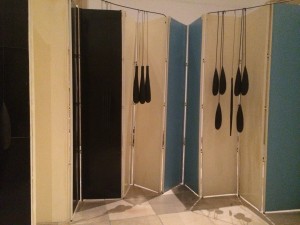“Indien men in de woningbouw alleen de menselijke relaties wil herstellen maar niet de technische mogelijkheden van vandaag wil uitbuiten, blijft alleen een weg naar het verleden over, een weg die wij niet kunnen gaan.”
Een citaat uit ‘de dragers en de mensen’ , van Prof.Ir. N.J.Habraken uit 1972, 44 jaar geleden en nog altijd onverminderd actueel.
Op 22 december j.l. reageerden Gerben van Dijk en Cees-Jan Pen in een kritisch artikel (‘Vastgoedsector heeft gezond verstand nodig’) op recente rapporten van CPB en EIB. Deze – helaas noodzakelijke – kritische reactie valt zeer te prijzen. Ik roep in dit verband het interview van januari 2015 in Bouwformatie van Prof. J. Rotmans in herinnering.[1] Recente ontwikkelingen illustreren dat een substantieel deel van de bouwsector nog altijd hecht aan de bestaande gekende praktijk en de focus legt op proces-innovatie, niet op product-innovatie. Dit impliceert geenszins dat product-innovatie in de woningbouw niet bestaat, wel dat dit vrijwel geen fundamentele consequenties heeft voor het opgeleverde product als geheel. Er wordt nog altijd toegewerkt naar een traditioneel ‘huis’, terwijl we nu als sector bereid moeten zijn ook inhoudelijk anders te denken over hoe ons wonen er in de toekomst uit kan/moet zien; proces en product moeten onderdeel van de discussie zijn. Wij bouwen per slot van rekening niet ter wille van de werkgelegenheid en het bouwen zelf. Lees verder

